Home / UK & Europe / Budapest’s Charm can be Into…
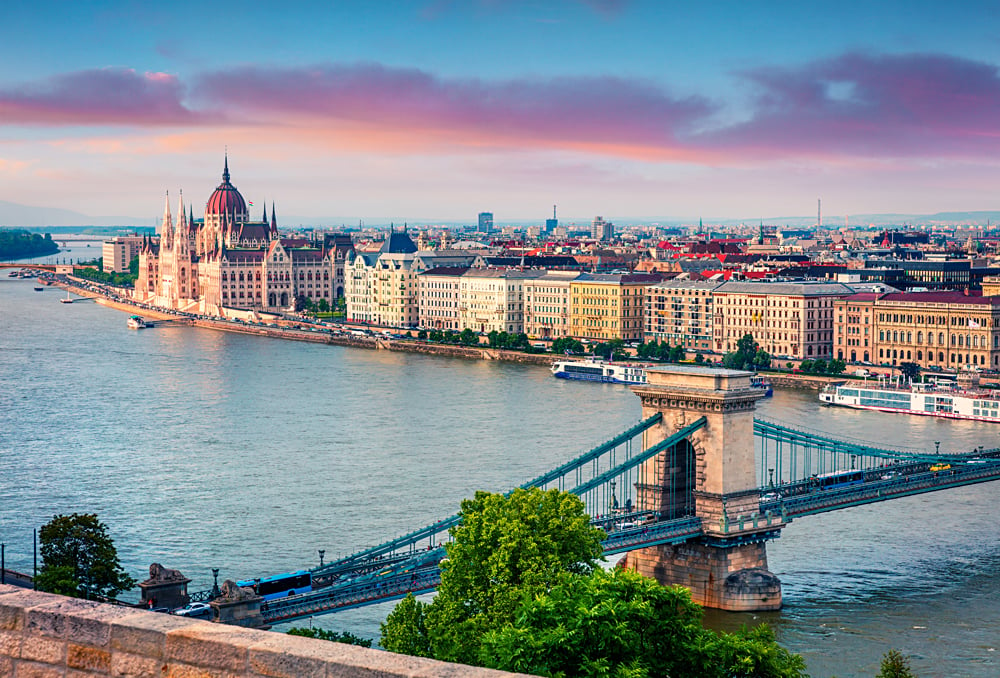
Budapest’s Charm can be Intoxicating on Hungary Tours
Budapest is an enchanting city to explore on Hungary tours. Retaining its historical charm, it still offers a contemporary lifestyle.
I recently returned from Budapest after having visited the city last during the days of the Soviet Occupation. I thoroughly enjoyed that visit. This time, the historic sites and sights were still the same, but the enhancement of good accommodation, excellent cuisine, and much more efficient services made it an even more wonderful destination. I also noticed a big change in attitudes from before, for example, more smiles and friendlier faces. I am about to recommend what I enjoyed and what is imperative to see and do in Budapest on Hungary tours. However, a warning – there is an awful lot to choose from, so your time needs to be well spent.
Budapest is divided by the Danube River which flows right through the heart of the city. The name itself is made up of “Buda” on the west bank and “Pest” on the east bank of the river. The two halves contrast enormously in character and terrain. Buda is hilly and contains, for me, many highlights of a visit on a Budapest vacation. Pest, basically flat, is however, the beating heart of the city, with its shopping and commercial districts. The two sides are connected by a series of very attractive bridges which can easily be crossed on foot. However, the Metro (subway system) is very convenient and extremely efficient for getting around, as are the buses and streetcars.
Buda
You will probably stay in Pest, where the majority of hotels are located, and this means you will have an amazing view of Buda from here. Perched on top of a large promontory in Buda, rising up from the Danube River, one kilometre/half a mile long is the Castle District. This can be reached either on foot or by funicular. This is where you will find a number of Budapest’s important medieval buildings, monuments, and museums. The most imposing building is the enormous Buda Castle, which dates back to the 13th century. It was once the home to several Hungarian kings but is now the venue of the Hungarian National Gallery, whose collection spreads from the 11th century to the present, and the Castle Museum, which captures the history of the country over 2000 years. After a visit to the castle, head to Fishermen’s Bastion, an ornate viewing promenade from which you can enjoy simply breathtaking views of the river and the Pest side below. After this, you then have the opportunity to head to one of the many cafes offering, at least, coffee and strudel, an essential on Hungary tours. Once refreshed, you can then visit the Buda Castle Labyrinth, a 1200 metre/1300 yard long cave system which contains a collection of displays, including the history of Dracula and figures from various operas. Another building, the Hospital in the Rock Museum, once used as a hospital during the Second World War, contains 200 wax figures and is a memento of the Cold War era. Finally, you can’t miss the architecturally beautiful Matthias Church, which is 500 years old.
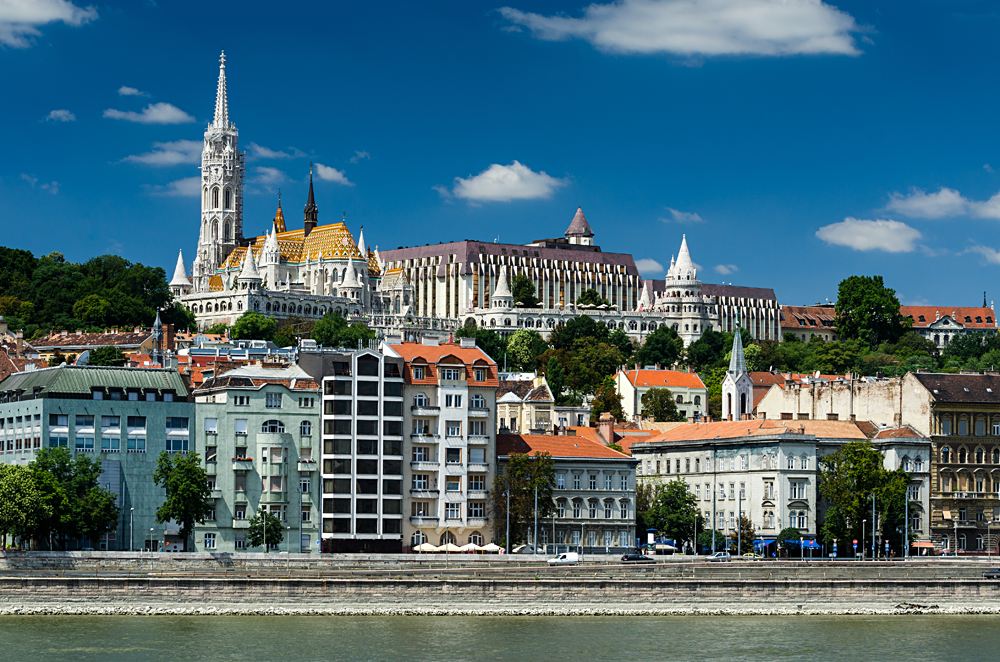
Another part of Buda and again perched high up on the same side of the Danube is Gellert Hill, which is crowned with a fortress, the Citadella and Budapest’s unofficial symbol, the Liberty Monument. Once again, the views of Pest are extraordinary. At this juncture, I should mention something very special to Budapest, and that is its therapeutic thermal baths. I am told it is an exceptional experience to take one of these. The Gellert Baths located at the bottom of the hill are the best-known. I quote, “taking a bath here is like taking a bath in a cathedral.”
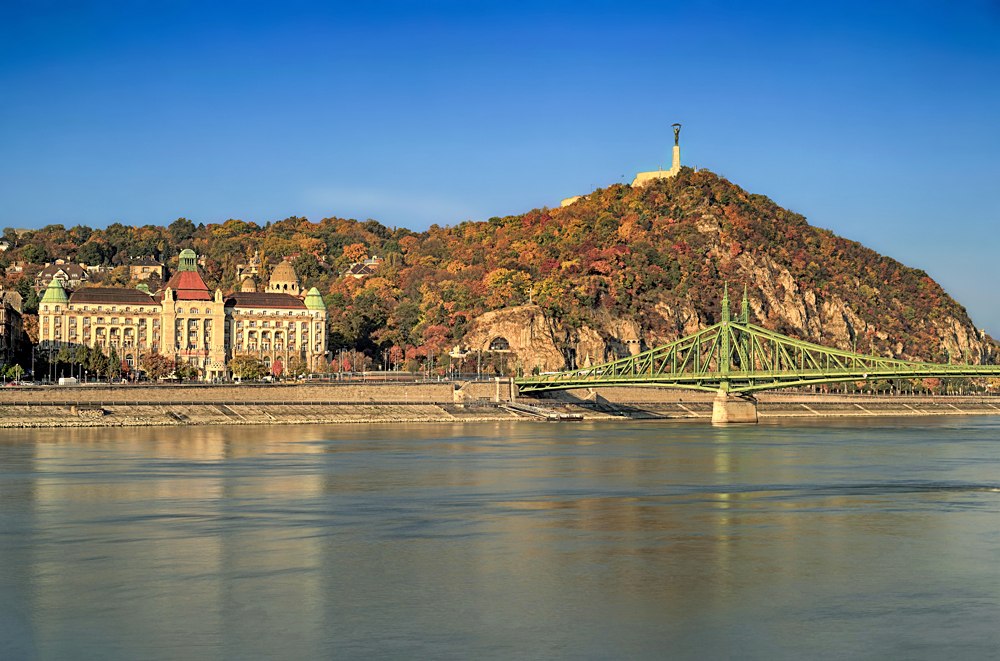
Further north from the Castle District is the Roman site called Aquincum, the most complete Roman town in Hungary. It showcases the ruins of an amphitheatre, public baths, a market, and paved streets. There is also a museum which supplies the story behind the site.

To the south of Gellert Hill is Memento Park, which is home to more than 40 statues of people like Lenin, Marx, and Engel. These are the most important communist-era statues and memorials which were relocated here from all over the city after the fall of communism. It is a “walk” through a recent historical period and is absolutely fascinating.
Finally, before heading to the “other side,” you should take time to visit the Buda Hills, where many of the more affluent citizens have summer homes. Start off by taking the cog railway which climbs to the top in 15 minutes. There are a number of trails to walk on and you can descend on a chairlift. At the top at Elizabeth Lookout, you can have a view of as far away as the Tatra Mountains in neighbouring Slovakia.
One other suggestion for visits to Budapest on Hungary tours, if you can find the time, visit Castle Hill when it is dark. The illuminated section of the Danube River, bridges, and buildings in Pest is truly special.
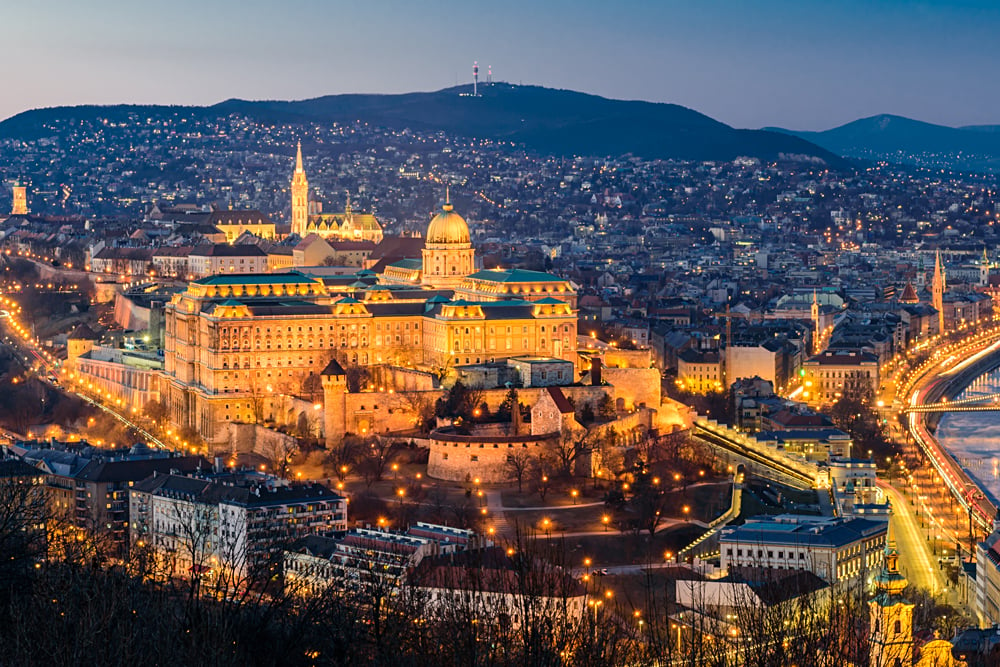
Pest
Pest is made up of various districts most of which cling to the banks of the river. Belvaros is the centre of activity and is made up of shops, stores, restaurants, and bars. The main pedestrian thoroughfare, Vaci Utca, is always busy. This neighbourhood is distinctly touristy. The only important places to visit, for my money, are the Danube Promenade, which stretches between the two main bridges (the imposing Chain Bridge and the Elizabeth Bridge – there are good views of Buda from here), and the Underground Railway Museum, which traces the development of Budapest’s Metro/subway system.
The district of Lipotvaros (Leopold Town) contains two of the most striking buildings in Pest. The first one is the House of Parliament, which is eye-popping in its size and unique architecture, and is some 270 metres/280 yards in length. A tour of the building will include the 96-step ornamental staircase, the 12th Century Crown of St. Stephen, and the Congress Hall. The second is the Basilica of St. Stephen, the most sacred Catholic church in Hungary and home to the most revered relic – the mummified right hand of the church’s patron saint, King St. Stephen. A visit to the interior will reveal an outstandingly beautiful dome, complete with mosaics. Organ concerts take place here on a regular basis.
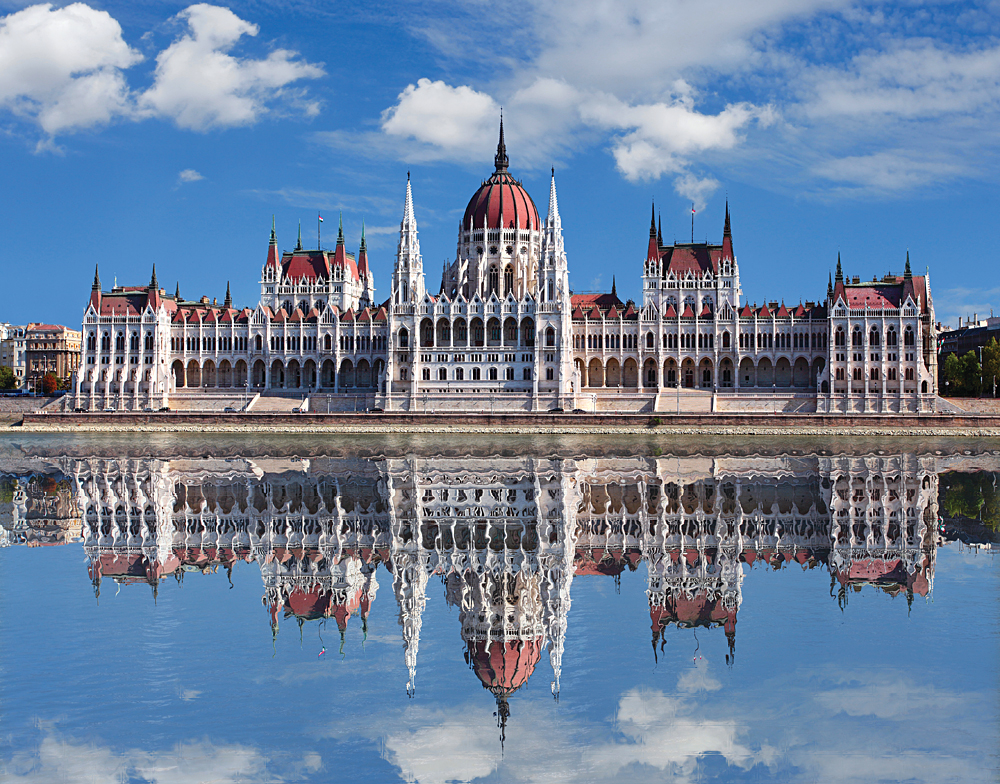

Erzsebetvaros (Elizabeth Town) is a lively district in Budapest which has a large number of hotels, restaurants, bars, pubs, and nightlife to be experienced on Hungary tours. It is also known as the Jewish Quarter, as this was once the centre of Jewish activity. One remarkable building is the Great Synagogue, which is the largest in the world except for one in New York City. Built in 1859, it can accommodate 3000 worshippers. You can have a visit inside, where the highlights are decorative carvings of the ark, the beautiful Rose Window, and the Hungarian Jewish Museum and Archives. On the grounds is the Holocaust Tree of Life Memorial. Should you wish to go bar hopping, Erzsebetvaros is the place, as the back streets are packed with them as well as restaurants. Andrassy Avenue is Budapest’s “Champs Elysees.” If you start your stroll along this wide boulevard at the end nearest to the centre, you are going to see some wonderful old mansions as well as some interesting embassy buildings. The first major building you will meet is the impressive Hungarian State Opera House, designed in 1884 and one of the most beautiful edifices in the city. You can join a tour of the interior followed by a mini concert every afternoon at various starting times. The next major building is The House of Terror, which was the headquarters of the dreaded secret police during the occupation of Hungary by the Soviets but is now a permanent exhibition mainly about the 1956 uprising. Opposite is the Franz Liszt Memorial Museum, where this famous composer once lived. You can view the pianos he used and other personal effects. A concert of his music is performed every Saturday.
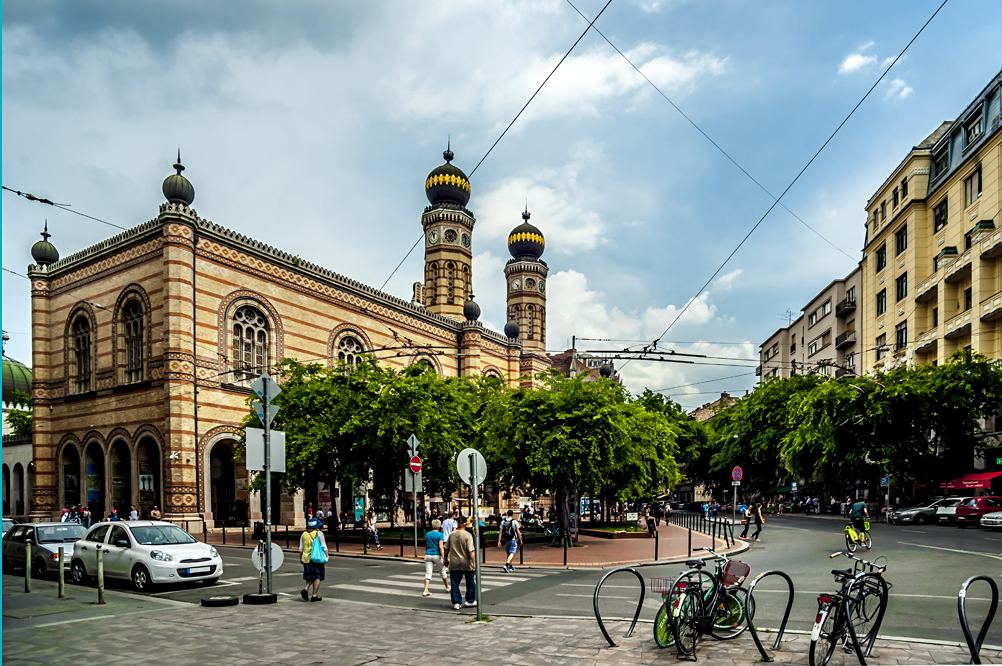
Although not what I would term a district, once you reach the top end of Andrassy Avenue, you arrive at the City Park. You will immediately be confronted with a large space called Heroes Square, the largest square in Budapest. Bang in the middle is the reason for its name, as it contains a grandiose monument with colonnades and statues of various illustrious Hungarian leaders. On one side of the square is the Museum of Fine Arts, which houses the city’s best collection of foreign works of art from antiquity to the present day. On the other side is the Palace of Art, a gallery dedicated to contemporary art. Behind Heroes Square is the park. Inside the park are Vajdahunyad Castle, built in 1896, the enormous Szechenyi Thermal Baths, and the Budapest Zoo. The City Park is a good place to spend some time away from the hustle and bustle of central Budapest.
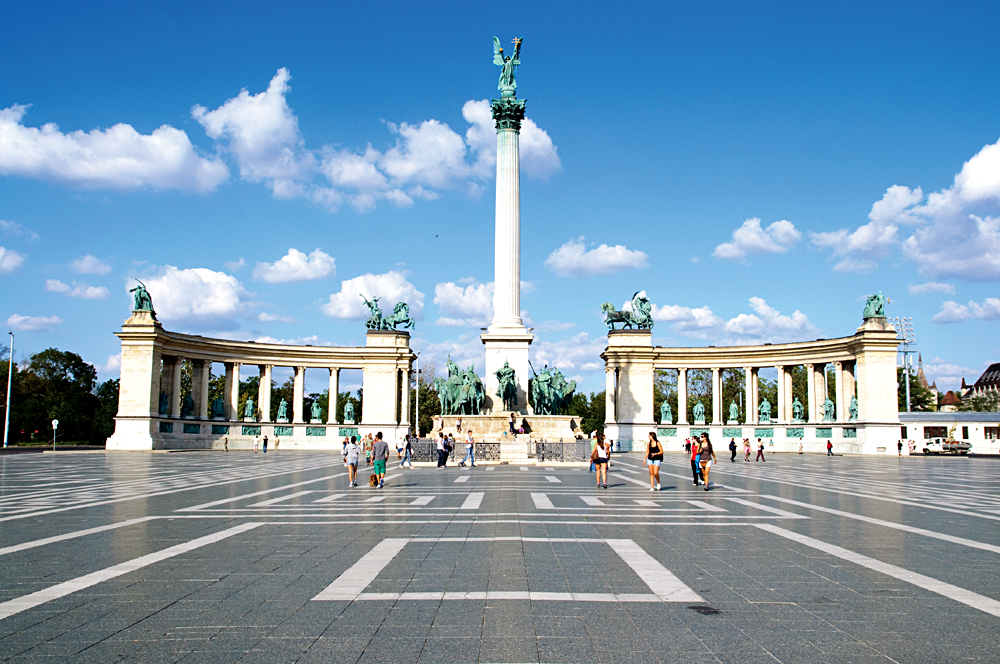
The final district is called Southern Pest. The major attraction here is the Hungarian National Museum, Budapest’s answer to the British Museum in London, but definitely not of the same quality. It contains a collection of the country’s most important historical relics. Other attractions in this district include the Museum of Applied Arts with its collection of ceramics and artifacts of glassware and books, and the Rakoczi Ter Market, a lively and colourful place to purchase all kinds of foods.
Margaret Island, neither in Buda or Pest, is sandwiched between the two as it is situated in the middle of the Danube. Measuring 2.5 kilometres/1.5 miles in length, it is basically a public park reached by connecting bridges from both Buda and Pest. It contains gardens, a spa, three churches and a few ancient ruins. It is Budapest’s equivalent of Central Park and is ideal for a change of pace on Hungary tours. You can rent a bicycle and explore the island. There is an Art Nouveau-styled water tower, an excellent rose garden, as well as a Japanese garden. A musical fountain plays 4 times a day, offering a selection of music from Brahms and Vivaldi to Andrea Bocelli and Paul Simon.

If I were asked what was the one thing that really impressed me about Budapest, I would have to say the architecture, which includes not only palaces, castles, opera houses, museums, monuments etc., but also the many private houses and mansions and apartment buildings. This is why I mainly use the word “charming” to describe the city. But it’s not only the architecture that makes Budapest attractive on Hungary tours, it is also the vibrancy and progress made since the “dark days” of the Soviet Occupation.
Related Article:
Budapest: More Than Just a Danube Stop on Europe Tours
Get more travel inspiration by email.
Subscribe
0 Comments

Get the latest travel trends & hear about the best deals on vacations around the world.
If you’re a Globetrotter, these are the newsletters for you!



